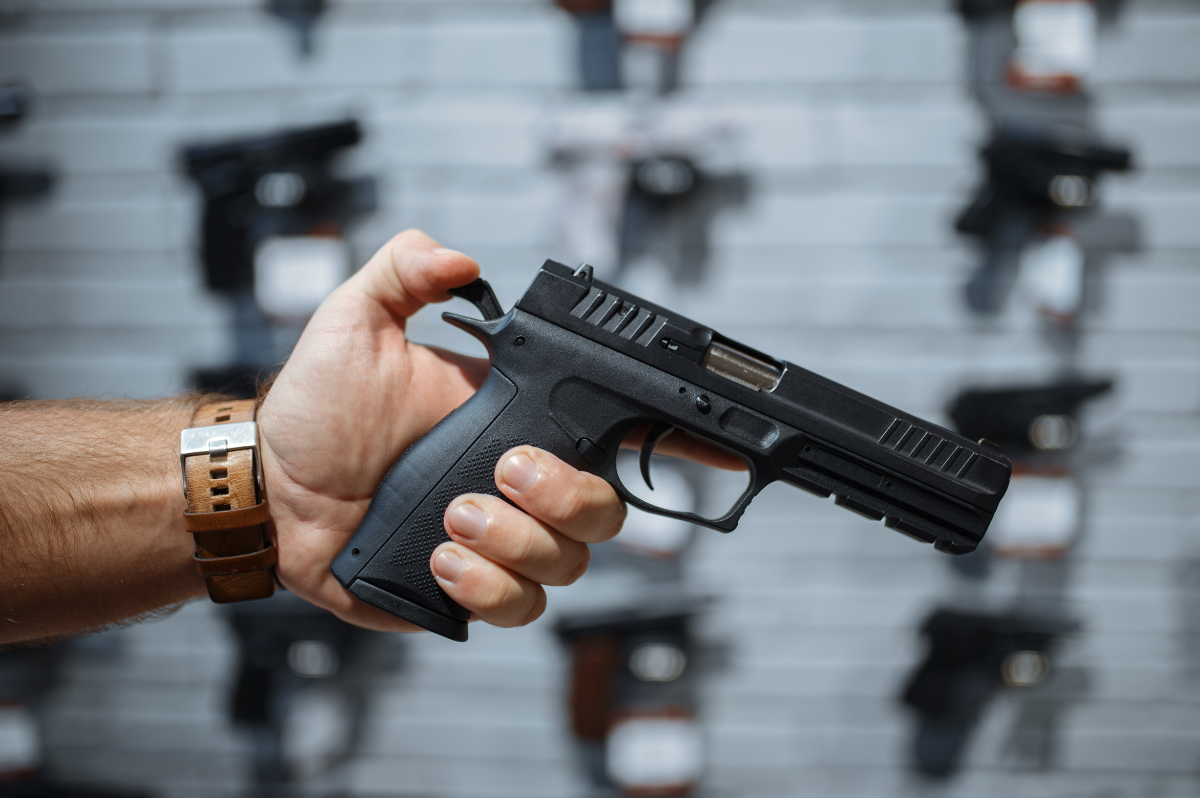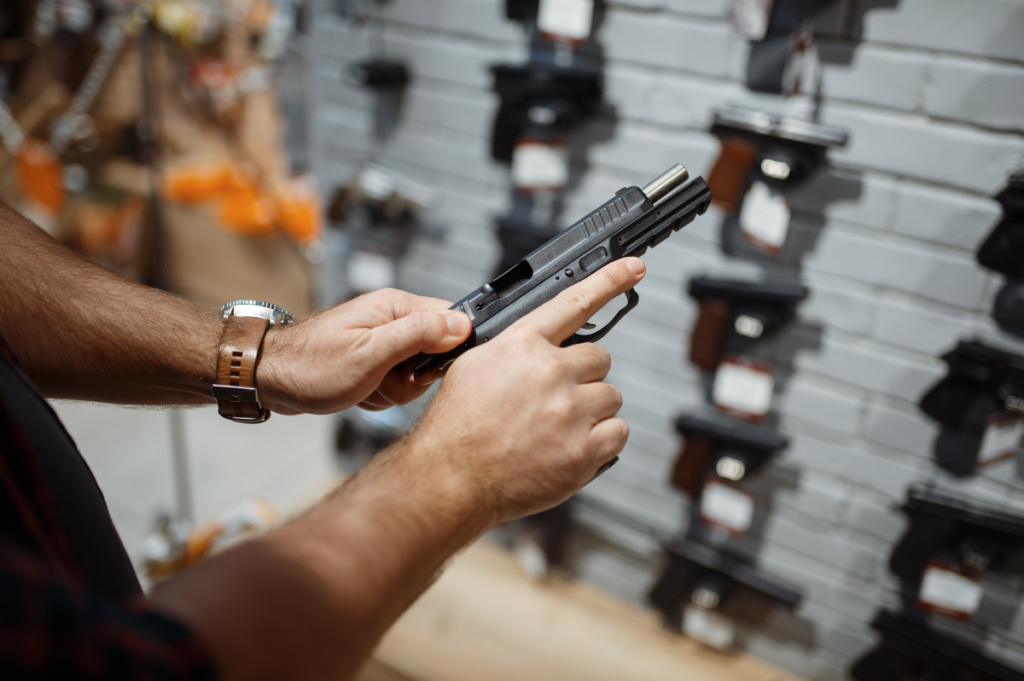
 0
0 
Gun ownership has always been a contentious issue in the United States, with its roots deeply embedded in the country’s constitution and culture. The latest data reveals some interesting trends and changes in gun ownership patterns across the nation, which are essential to understand the ongoing debate about firearms.
According to a Pew Research report, approximately 38% of White Americans own a gun, compared to smaller shares among Black (24%), Hispanic (20%), and Asian (10%) Americans. This disparity in ownership proportions is crucial in understanding the demographic nuances of gun ownership in the country.
The Gallup Historical Trends report reveals that 56% of U.S. adults believe gun laws should be stricter, indicating a significant segment of the population seeking more robust legislation on firearm control.
Interestingly, gun ownership isn’t limited to one type of firearm. As per the Pew Research study, 72% of gun owners own a handgun or pistol, while 62% own a rifle, and 54% own a shotgun.
There are several reasons behind the rising trend of gun ownership in America. The Second Amendment of the United States Constitution guarantees citizens the right to bear arms, and this has been a deeply ingrained belief in American culture for centuries. Guns are often seen as a symbol of freedom and independence, and many people feel that owning a gun is a way to protect themselves and their loved ones.
However, it’s not just about rights or protection. For some, guns are also seen as a form of recreation. Shooting sports have become increasingly popular in recent years, with more and more shooting ranges opening up across the country. Many gun owners enjoy the thrill and challenge of target shooting or participating in competitions.
One of the primary factors driving the increase in new gun owners is the perceived need for personal safety and protection. The unsettling rise in instances of civil unrest, crime rates, and home invasions has led many citizens to purchase firearms for self-defense.
Political developments and changes in legislation also play a significant role. Gun sales often spike during election years or when there’s potential for stricter gun control laws, as people rush to purchase firearms while they still can.
The media’s portrayal of gun ownership and violence can significantly sway public opinion and behavior. Sensational news coverage and depictions of firearm use in popular culture often contribute to the perception that owning a gun is a necessity.

The implications of increased gun ownership are multifaceted. On one hand, it can provide a sense of security and empowerment for individuals who choose to exercise their Second Amendment rights. On the other hand, it also raises concerns about potential misuse of firearms and the need for stricter regulations.
To balance the right to bear arms with the need for public safety, several potential solutions could be considered.
In conclusion, the rise in new gun owners in America is influenced by various factors, each contributing to the complex tapestry of gun ownership in the country. As we move forward, it’s essential to continue the conversation about responsible gun ownership, with an emphasis on safety and respect for the power that firearms hold.

 0
0